
Jupiterimages/Brand X Pictures/Getty Images
Your wardrobe is an investment, so before you buy a new T-shirt or pair of pants, you should check the tag for the fiber content. However, what you find there may not be straightforward. Understanding the advantages of microfiber and cotton and the differences between the two can help you build a functional, long-lasting wardrobe.
Microfiber
Microfiber is a class of synthetic materials with fibers less than 1 denier thick. A denier is around 1/60th of the thickness of a human hair. Many microfibers are even smaller than one denier. There are four base materials microfiber fabrics may contain: acrylic, nylon, polyester and rayon. A microfiber can be made with only one of these materials, but most microfibers are a blend of several.
Cotton
Cotton is a natural white fiber that comes from the cotton plant. Mature cotton plants grow to be several feet tall and produce flowers. When a cotton plant produces new seeds, white, fibrous seed hairs surround it in the boll. When the boll expands, it bursts open and the seed hairs are plainly visible and can be cultivated. Cotton fibers are primarily composed of cellulose and water.
Advantages of Microfiber
Microfiber wicks away moisture, so clothing made with this fabric keeps you drier than cotton would, making microfiber an ideal material for workout clothing. Microfiber also has stain-repellant qualities, so it works well for clothes that will get dirty, such as children's T-shirts and pants. Microfiber does not tend to wrinkle like cotton does, so it's effective as a wash-and-wear fabric for casual clothing such as day dresses and lounge pants.
Advantages of Cotton
One of the main advantages cotton holds over microfiber is that it is natural. Cotton is also quite strong. According to the University of Missouri's Cotton Project, "Cotton has a breaking tenacity of 3.5 to 4.0 grams per denier." Cotton is unique from most fibers in that it strengthens, rather than weakening, when wet. Cotton can also withstand high heat, unlike flammable microfiber. Cotton reacts well to ironing, and can be boiled for total disinfection. This makes cotton an excellent material for dress shirts, everyday pants, and items that get very dirty such as infant clothing.
Related Articles

Properties of Cotton Fabric
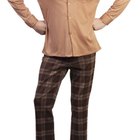
Characteristics of Polyester & Cotton

How to Keep Cotton Pants From Shrinking

Description and Characteristics of ...
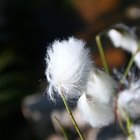
What Types of Fabrics Absorb Dye Best?

The Disadvantages of Silk

The Disadvantages of Cotton Fabric

Why Cotton Is Used in Clothing
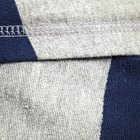
What Is French Terry Cloth?

Microfiber vs. Cotton Clothes

Twill vs a Cotton-Polyester Blend
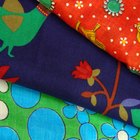
What Is Arnel Vintage Material Fabric?

Define Cotton Silk Fabric
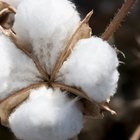
Algodon Cotton vs Egyptian Cotton

Denim vs. Denim Blends
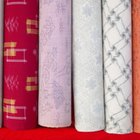
The Advantages & Disadvantages of Woven ...

About Polyester Cotton Blend

How Is Cotton Made?
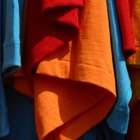
The Difference in Lycra & Cotton
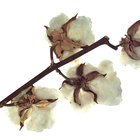
Uses of Cotton Fabric
References
Writer Bio
Alexandra Corbella has been writing for more than 10 years. She has been published everywhere from the "The Collector" to popular blogs like Beauty Collection and Collective310. She holds a Political Science degree, and has worked for several politicians. She earned a M.A. in History in 2012.
Photo Credits
Jupiterimages/Brand X Pictures/Getty Images